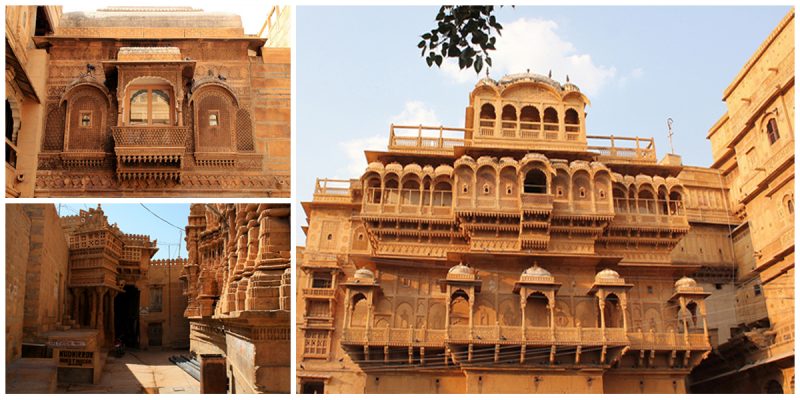ituated in the city of Jaisalmer in Rajasthan, India, in the heart of the Thar Desert, the unique Jaisalmer Fort is one of the largest fully preserved fortified cities in the world, with about 3,000 people residing within its walls. The complex is also known as Sonar Kila (“Golden Fort”) for its gleaming golden sandstone walls and buildings, camouflaging the fort in the yellow desert.
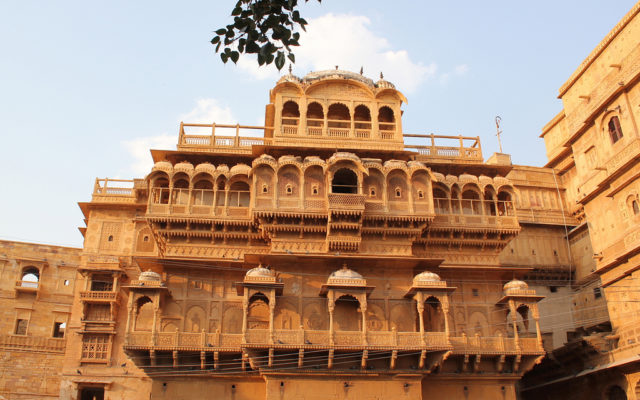
The Jaisalmer Fort appears like a mirage in the vast desert and, surprisingly, hosts a thriving city within its sandstone walls. It has several entrances, namely Hawa Pol, Ganesh Pol, Rang Pol and Jawahar Pol, one of which used to be guarded by cannon, and each is uniquely and exquisitely crafted.
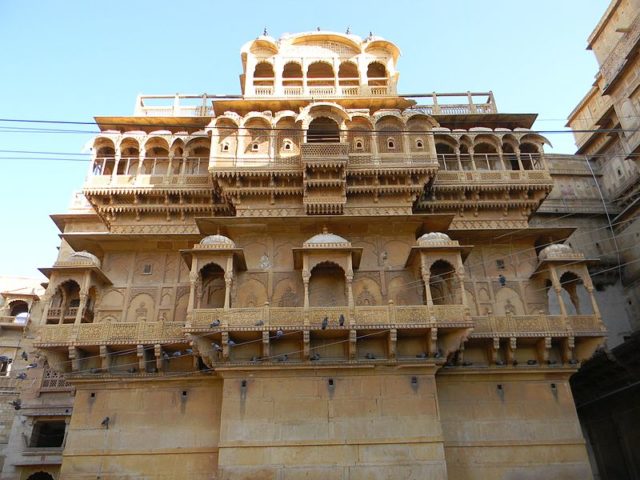
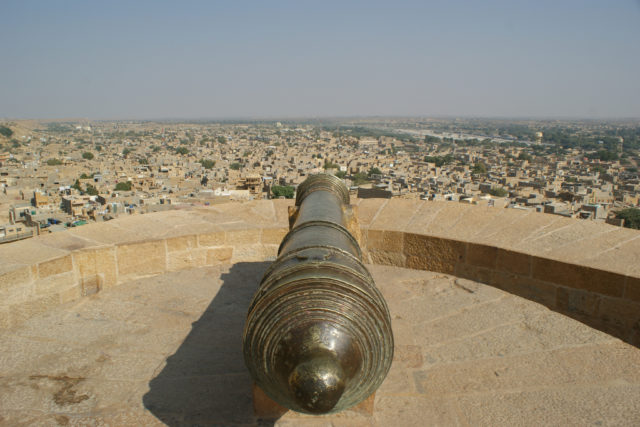
The fort was built in 1156 AD by King Rawal Jaisal, a Hindu Rajput ruler, from whom it derives its name. He was searching for a new capital, as the earlier one, Lodurva, was too vulnerable to invasions.
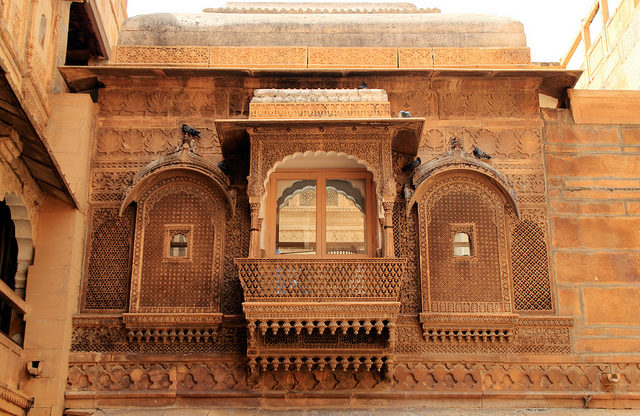
During medieval times, the Jaisalmer Fort served as an important center of trade between India and the Arabic world. During British rule, the emergence of maritime trade and the growth of the port of Bombay led to gradual economic decline. Thus, the fort city lost its former glory.
This fortress has faced many battles and invasions. In the 13th century, Ala-ud-din Khilji attacked and captured the fort and managed to hold it for nine years. The second battle at the fort happened in 1541 when Mughal emperor Humayun assaulted the city. The fort remained under the control of Mughals until 1762 when Maharawal Mulraj took control.
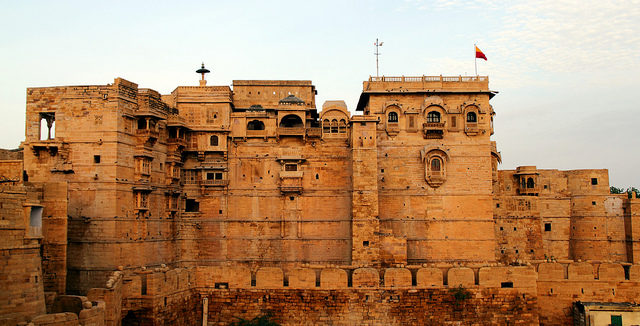
The architectural marvels of the fort, like the royal palace, the Laxminath temple, and Jain temples, provide a glimpse of the grandeur of ancient India and it now serves as an important tourist destination.
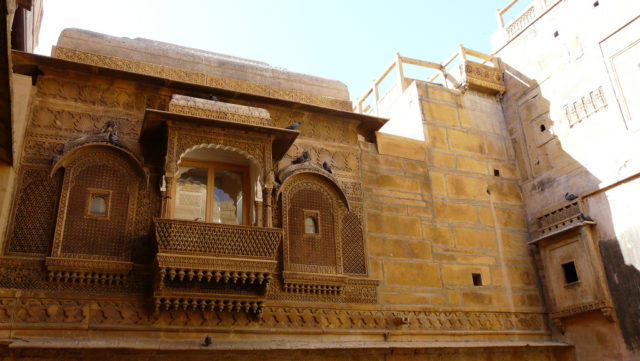

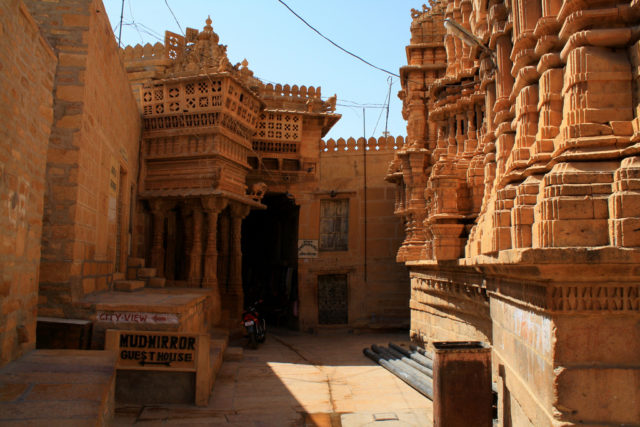
Also within it are many beautiful havelis (a generic term used for a traditional townhouse and mansions in India, Pakistan, Nepal, and Bangladesh) and a group of Jain temples of Rajasthan dating from the 12th to the 15th centuries. Some havelis have many floors and countless rooms, with decorated windows, archways, doors, and balconies. Some of them are now museums but most in Jaisalmer are still lived in by the families that built them.
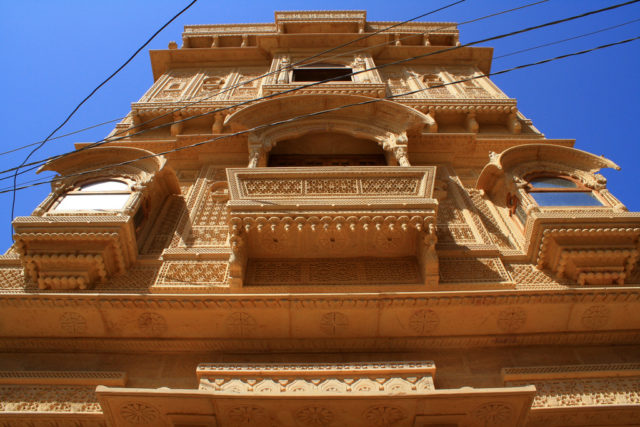
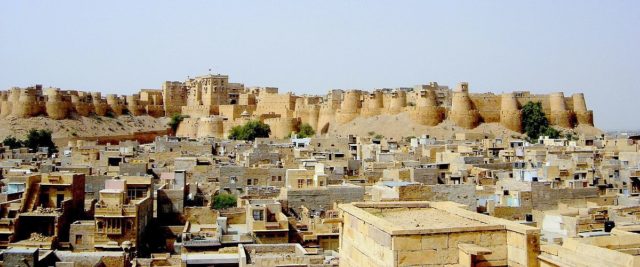
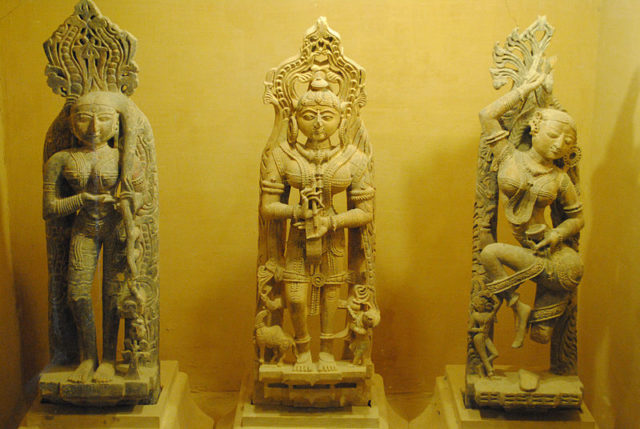
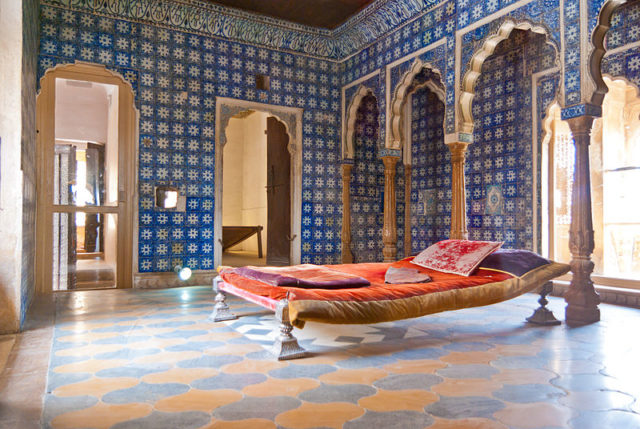
Currently, the Jaisalmer Fort is facing immense threats from growing population pressures and a weak structural foundation. Over the years, significant portions of the Fort collapsed, such as the Queen’s Palace or Rani Ka Mahal and parts of the outer boundary wall and the lower pitching walls.
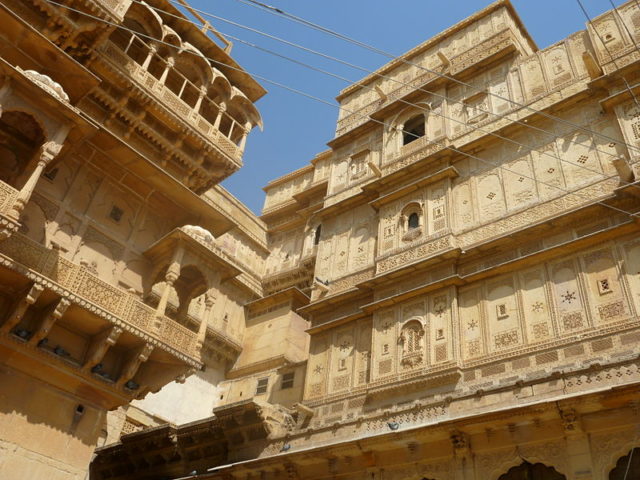
Unlike most other fortresses, the Jaisalmer Fort was built over a weak sedimentary rock foothill which makes its foundations especially vulnerable to seepage. To save the fort, the World Monuments Fund has supported the Indian Government with funds needed to initiate and implement restoration works at the site.
